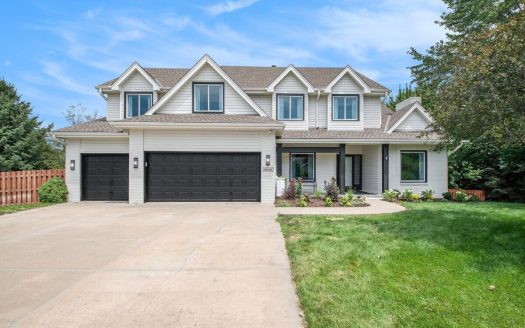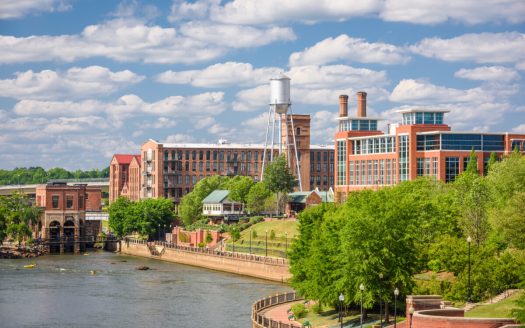Two years after fleeing to the suburbs, homebuyers are flocking back to the cities
[ad_1]

Not since the 2008 financial crisis has affected the housing market like any other event, but some of the trends created by the pandemic are beginning to reverse. This is evident in the annual report of home buyers and sellers Dozens of Real Estate Trends Reporter (NAR).
When the pandemic began in the spring of 2020, wealthy residents of city centers were packing and packing their bags and small towns to avoid strict lockdowns and find more space for things like home offices. This led to the narrative that urban dwellers would not return and that urban centers were dead.
Turns out they weren't. Between 2017 and 2021, rural areas and small towns had a remarkably consistent share of the home purchase market at around 13% and 22% respectively. However, in 2022, the share of houses bought in rural areas (19%) and small towns (29%) has increased significantly.
These purchases were driven primarily by the suburbs, where the share of home purchases fell from a consistent 50% pre-pandemic level to 39% in 2022. Urban areas also fell from 13% to 10%.
But in 2024, this trend changed significantly. The share of home purchases in the suburbs has risen to 45%, while the 16% share in city centers has advanced from where it was before the pandemic.
Conversely, the share of purchases in rural areas (14%) and small towns (23%) has largely returned to pre-pandemic levels.
When bad things happen in New York, pundits often say it's the end of the city. But much of the post-pandemic migration among New Yorkers was intra-urban, meaning that falling rents and home prices in Manhattan were the result of people moving to Brooklyn.
While New York is functioning as it did before the pandemic, San Francisco has taken longer to recover because the population is heavily concentrated among tech workers. These companies have adopted more permanent policies.
But many big tech companies are now calling workers back to the office, which has led to an improved office market in both New York and the Bay Area.
Other data in the NAR report also reflect a return to density. Before the pandemic, the average distance homebuyers moved from their old home to their new home was 15 miles. That number rose to 50 miles in 2022, but has since dropped to 20 miles.
The age of the purchased houses also informs. The typical home purchased between 2009 and 2021 was built in the early 1990s. The typical home purchased in 2022 and 2023 was built in the mid-1980s.
This is mainly due to the delay in house construction due to supply line disruptions and shortage of building materials. Appliances were hard to come by for builders as computer chip delivery delays widened and lumber shortages sent prices skyrocketing.
Home builders are starting to mature. Today, the typical purchase is for a home built in 1994 or pre-pandemic.
Related
[ad_2]





